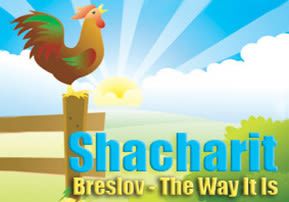
Shacharit – Part 4
In “Atah kadosh,” most Breslovers add the words “ki E-l Melekh gadol ve-kadosh Atah.” This is part of the standard...

Le‘ilui nishmat Leib ben Yitzchak Ya’akov Sears, a”h – Yartzeit: 30 Shevat, Rosh Chodesh Adar
Le’ilui nishmat Yosef ben Shmuel Zeitlin, a"h – Yartzeit: 18 Menachem Av
We continue with our new series of minhagim and hanhagot tovot of Breslov. We invite you to peruse our previous entries by accessing our archives.
Shacharit (continued)
Reb Gedaliah said that Reb Avraham possessed a family mesorah that the Rebbe’s nusach in the berakhah "Atah chonen" was "de’ah, binah ve-haskil" (heard from Rabbi Elazar Kenig). (Cf. Siddur Rav Amram Gaon, Abudarham; Pri Eitz Chaim; Siddur RaMaK; Siddur ARI Rav Asher; Siddur Tefillah Yesharah − Berditchev; etc. According to the annotated Siddur ARI published recently by Rabbi Daniel Rimmer, this was the nusach of the ARI zal.)
* * *
Rabbi Nachman Burshteyn also remembered that Reb Avraham said “de’ah, binah, ve-haskil." Reb Avraham also told him that this had been the nusach of the Breslover Chassidim in Tcherin.
* * *
Rabbi Avraham Shimon Burshteyn heard that Reb Avraham followed this nusach because Reb Nosson often repeats it in Likkutei Halakhot, and probably in his letters, as well.
* * *
This mesorah conflicts with that of Reb Levi Yitzchak Bender, who stated that in Uman, the nusach of this berakhah was “chokhmah, binah ve-da’at.” However, it is possible that sometimes there were diverse customs among Breslover Chassidim in Uman (see Si’ach Sarfei Kodesh IV, 150).
* * *
Rabbi Noson Barsky, son of Rabbi Shimshon Barsky of Uman, used to say “chokhmah, binah ve-da’at” (heard Rabbi Shimshon Barsky of Bnei Brak).
* * *
Rabbi Noach Cheifetz recalled that Reb Gedaliah once told him to combine both nuschot: "de’ah, binah ve-haskil, chokhmah, binah ve-da’at” (heard from Rabbi Noach Cheifetz).
* * *
The custom of the Tzefat community is to say "de’ah, binah ve-haskil,” while in Yerushalayim, it seems that most Breslovers say “chokhmah, binah ve-da’at.”
* * *
In “Atah kadosh,” most Breslovers add the words “ki E-l Melekh gadol ve-kadosh Atah.” This is part of the standard nusach Sefard. It is also the custom of the Tzefat community. (In support, see Abudarham, based on Siddurei ha-Geonim. However, Sha’ar ha-Kavannot omits this phrase, and it is not found in any versions of the Siddur ARI except that of Rabbi Asher of Brod, which brings it as an alternative nusach. Early Chassidic sources that omit it include Imrei Pinchos [Bnei Brak 2003] vol. I, Sha’ar Seder ha-Yom 87; Siddur Baal ha-Tanya; Siddur Tefillah Yesharim-Berditchev; Siddur Heichal ha-Berakhah-Komarno. The Manistritcher Chassidim in Uman also did not say it, as stated in ‘Erkhei Yehoshua, Kuntres Perach Shoshanim 18; and it is omitted by the communities of Bobov, Munkatch, Spinka, Karlin-Stolin, and Slonim. However, most other Chassidim include it.)
* * *
Reb Avraham’s nusach for the berakhah “Re’eh na” was: “u-maher le-g’aleinu ge’ulah sheleimah meherah le-ma’an shemekho…” This is the custom of the Tzefat community.
* * *
Reb Gedaliah’s nusach for the berakhah "Ri’fa’einu" was: "Rifa’einu HaShem ve-neirafei, hoshi’einu vi-nivashe’ah, ki sihilaseinu Atah, vi-ha’alei refuah sheleimah le-khol makhoveinu u-le-khol makoteinu, ki E-l Melekh Rofei Ne’eman vi-Rachaman Atah…" This is the custom of the Tzefat community (heard from Rabbi Elazar Kenig, Rabbi Noach Cheifetz, and Rabbi Dovid Shapiro).
* * *
Reb Elazar said that what he heard specifically in the name of Reb Avraham was the inclusion of the phrase “le-khol makhoveinu u-le-khol makoseinu.”
* * *
During the summer, Reb Gedaliah would say "Borkheinu," according to the Sefardic custom. This is mentioned in the writings of the ARI zal. However, the Tzefat community follows the more common Ashkenazic custom to say "boreikh aleinu" with "ve-tein berakhah" as the seasonal variation for the summer months (Cf. Abudarham; Pri Eitz Chaim, Sha’ar ha-Amidah, 19; Sha’ar ha-Kavannot, etc. Several Chassidic siddurim also include "borkheinu," e.g. Siddur Tefilah Yesharah-Berditchev, Siddur Beit Aharon-Stolin, Siddur Magen Avraham-Slonim, and others).
* * *
In “Borekh Aleinu,” Reb Gedaliah said “ve-sab’enu me-tuvah,” not “me-tuvekha,” even when traveling (heard from Rabbi Dovid Shapiro). (Similarly, Siddur ARI Rav Asher; Imrei Pinchos [Bnei Brak 2003] vol. I, Sha’ar Seder ha-Yom 89; Siddur Tefilah Yesharah-Berditchev; et al. This is nusach Ashkenaz; also see Magen Avraham, Orach Chaim 117:2, in the name of Maharshal and Teshuvot ha-Rosh. However, Ohr Tzaddikim, brings the nusach “me-tuvekha,” as does the Siddur Baal ha-Tanya and Darkei Chaim ve-Shalom [Munkatch], 163.)
* * *
Reb Avraham’s nusach for "birkhat ha-minim" included the phrase “ve-khol oyvei amkha meherah yikaretu…" Reb Elazar did not know if he then said “ve-ha-zeidim,” "u-malkhut zadon," "u-malkhut zeidim," or "u-malchut ha-risha’h." However, the rest of the berakhah followed the standard nusach Sefard: "meheirah ti’aker u-tishaber u-timager u-tikhalem vitashpilem vi-takhni’em bi-meheira vi-yameinu…" (Cf. Siddur ARI Rav Asher, which is gores “oyvei amkha,” although there are difference elsewhere in the berakhah.)
* * *
Rabbi Levi Yitzchak Bender remembered that in Uman, the nusach of birkhat ha-minim included the phrase “ve-khol ha-risha’h ki-rega’ toveid,” not “ve-khol ha-minim.” (Si’ach Sarfei Kodesh IV, 150)
* * *
Rabbi Elazar mentioned that Rabbi Mordechai Sharabi, with whom both he and his father studied Kabbalah, once pointed out that the roshei teivot of the chatimat ha-berakhah “shoveir oyvim u-machniya’ zeidim” has the same gematria as the Divine Name SHaDaY.
* * *
Rabbi Gedaliah once explained that we say “oyvei amkha,” not “oyvekha,” because we cannot recognize the enemies of Hashem; however, the siman is if they are enemies of Klal Yisrael, as indicated by the lashon “oyvei amkha” (heard from Rabbi Dovid Shapiro, who added that this seems to be based on Rashi, Bamidbar 10:35, s.v. “misanekha,” citing Midrash Tanchuma).
To be continued.
(With permission from The Breslov Center for Spirituality and Inner Growth http://www.nachalnovea.com/breslovcenter)




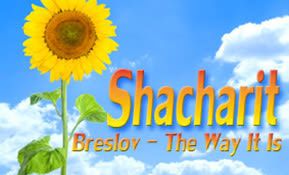
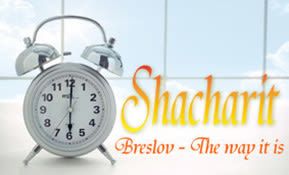
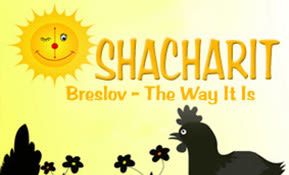
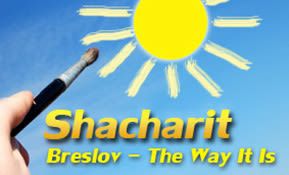

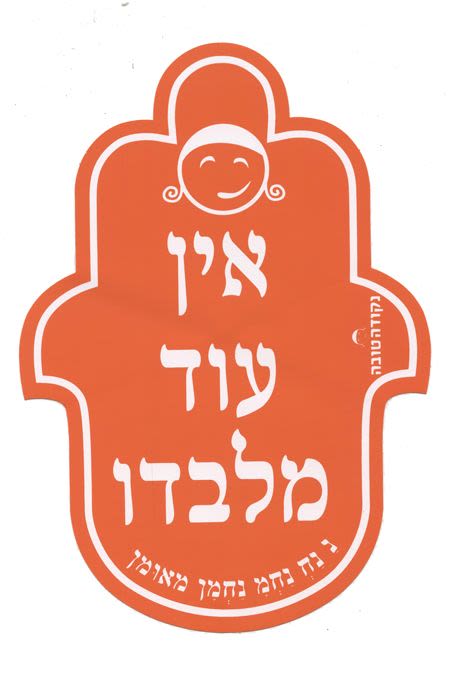

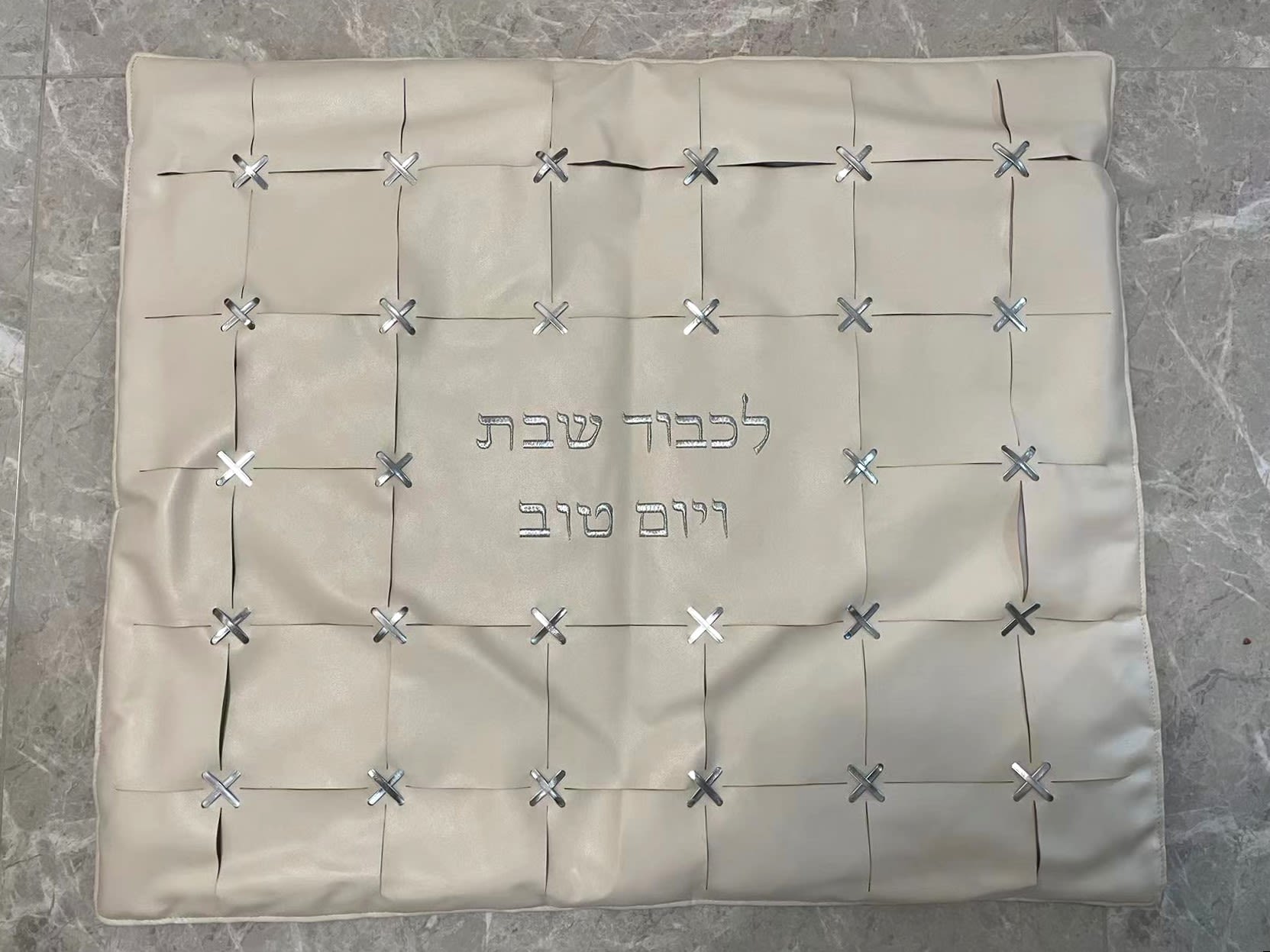

Tell us what you think!
Thank you for your comment!
It will be published after approval by the Editor.